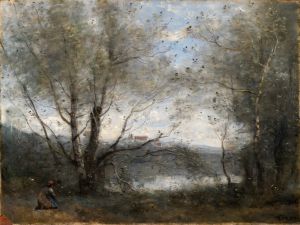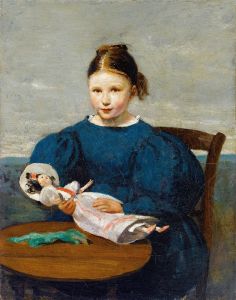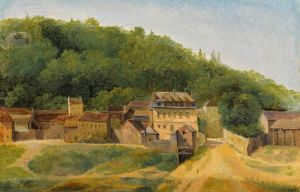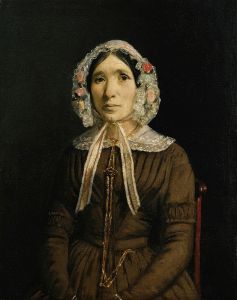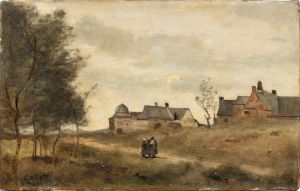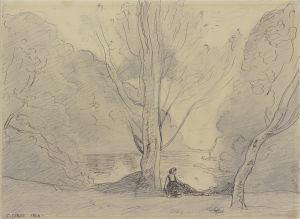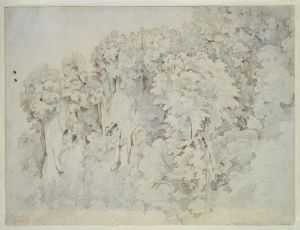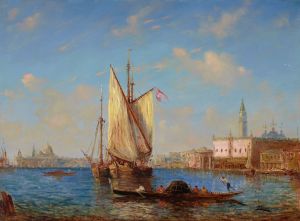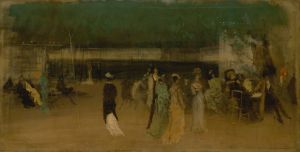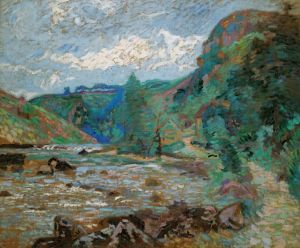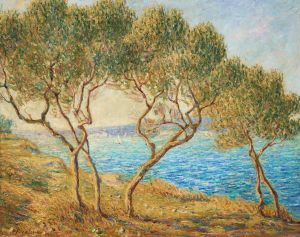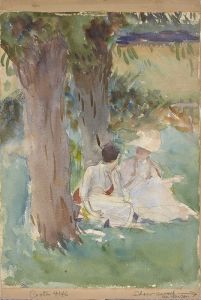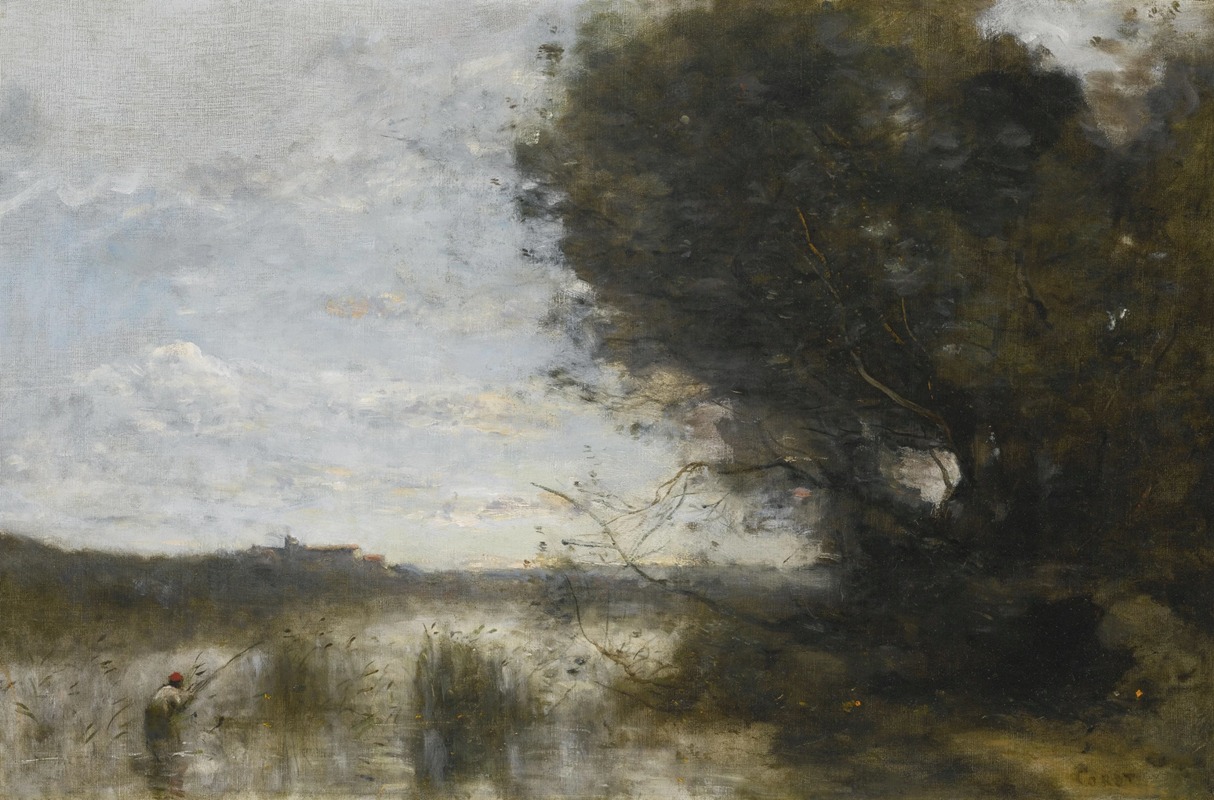
En plein marais
A hand-painted replica of Jean-Baptiste-Camille Corot’s masterpiece En plein marais, meticulously crafted by professional artists to capture the true essence of the original. Each piece is created with museum-quality canvas and rare mineral pigments, carefully painted by experienced artists with delicate brushstrokes and rich, layered colors to perfectly recreate the texture of the original artwork. Unlike machine-printed reproductions, this hand-painted version brings the painting to life, infused with the artist’s emotions and skill in every stroke. Whether for personal collection or home decoration, it instantly elevates the artistic atmosphere of any space.
Jean-Baptiste-Camille Corot was a pivotal figure in landscape painting during the 19th century, known for his contributions to the Barbizon School and his influence on the Impressionist movement. However, specific information about a painting titled "En plein marais" by Corot is not readily available in historical records or major art collections. Corot's oeuvre is extensive, with many works focusing on landscapes, rural scenes, and the interplay of light and atmosphere, which were central themes throughout his career.
Corot was born in Paris in 1796 and began his artistic career relatively late, after working in the family textile business. He studied under Achille-Etna Michallon and Jean-Victor Bertin, who were proponents of the Neoclassical tradition. However, Corot's style evolved as he traveled extensively throughout France and Italy, where he painted en plein air, capturing the natural world with a fresh and direct approach that was innovative for his time.
Corot's landscapes are celebrated for their poetic quality and subtle use of color and light. He often depicted serene scenes of forests, rivers, and rural life, characterized by a soft, atmospheric quality. His technique involved building layers of paint to create depth and luminosity, a method that would later influence the Impressionists.
The Barbizon School, with which Corot is often associated, was a group of painters who settled in the village of Barbizon near the Forest of Fontainebleau. They sought to break away from the formalism of academic art and instead focused on painting nature directly, emphasizing realism and naturalism. Corot's work during this period reflects these ideals, as he captured the tranquil beauty of the French countryside.
Corot's influence extended beyond his lifetime, as he became a mentor to younger artists and a bridge between traditional landscape painting and the emerging Impressionist movement. His ability to convey mood and atmosphere through landscape painting was particularly admired by artists such as Claude Monet and Camille Pissarro.
While Corot's body of work is well-documented, specific details about a painting titled "En plein marais" are not available in major art historical references or collections. It is possible that the title may refer to a lesser-known work, a study, or a piece that has not been widely exhibited or published. Corot's paintings are held in numerous prestigious institutions, including the Louvre, the Metropolitan Museum of Art, and the National Gallery in London, where his contributions to art history are recognized and celebrated.
In summary, while Jean-Baptiste-Camille Corot is a renowned figure in the history of landscape painting, specific information about a work titled "En plein marais" is not documented in available art historical sources. Corot's legacy, however, is firmly established through his innovative approach to capturing the natural world and his influence on subsequent generations of artists.





